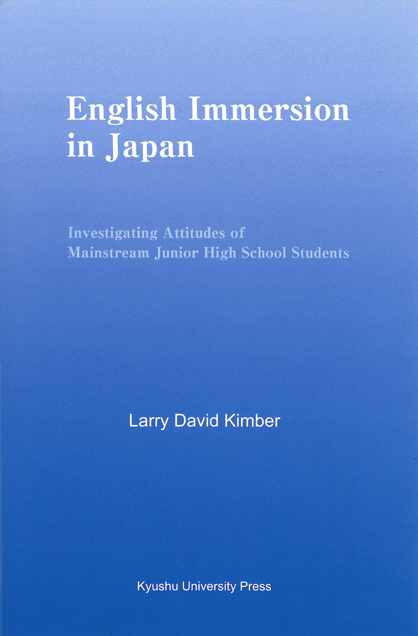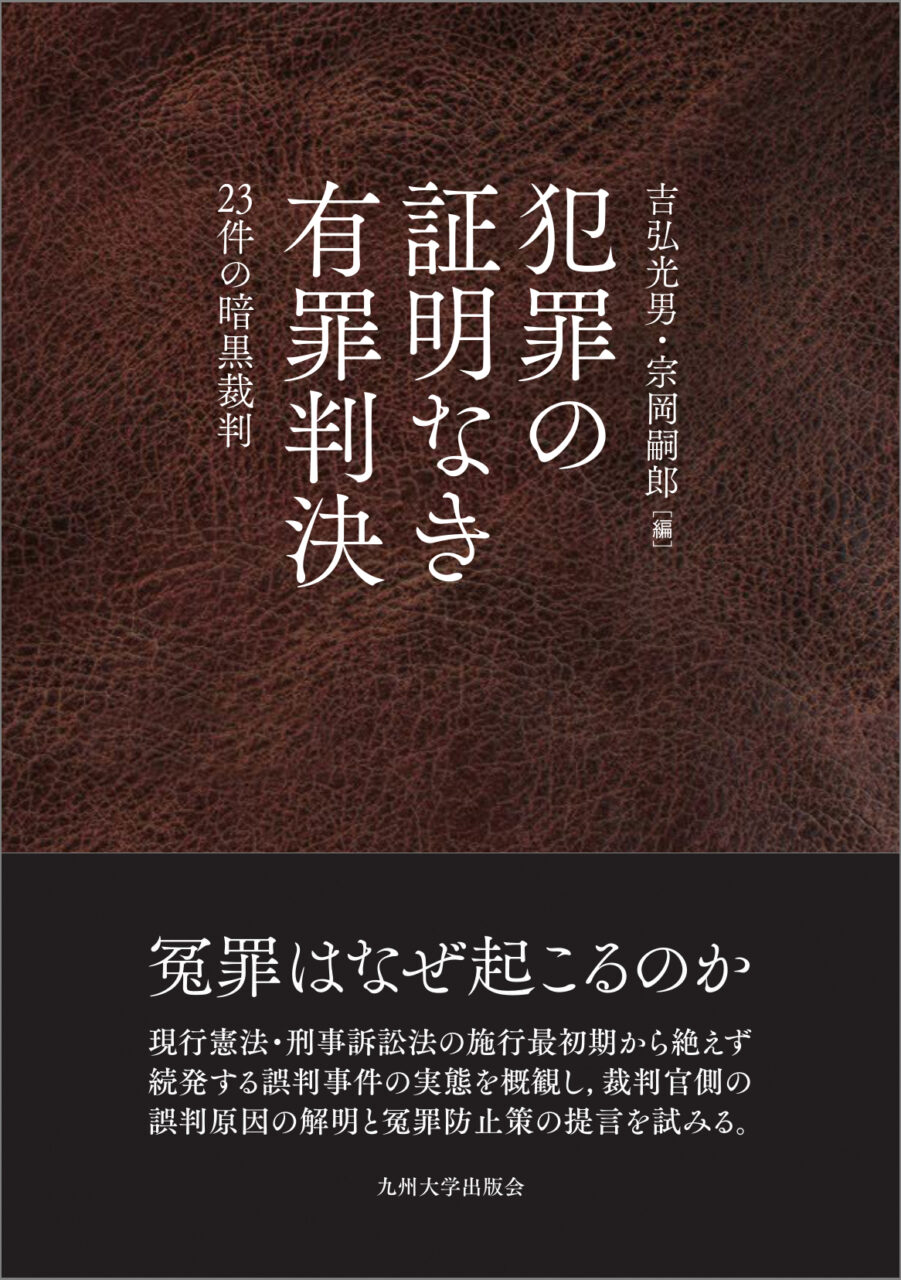English Immersion in Japan
Investigating Attitudes of Mainstream Junior High School Students
内容紹介
これまで英語イマージョン教育があまり日本で浸透しなかった背景には,いくつかの理由が考えられる。最も大きな理由としてあげられるのは,イマージョン教育に対する社会全般の誤まった思い込みである。例えば,第2言語の習熟には,どうしても第1言語習得が犠牲になってしまうとか,言語能力以外に関して言えば,文化的アイデンティティを形成する上でも悪い影響を与えてしまう等という思い込みがあったようである。
本書では,日本の公立の中学生が,実際どの程度このような批判から影響を受けているかを詳細に報告している。アクションリサーチの手法を用いて,313人の中学生を対象に,イマージョン教育に対する彼らの受け取り方について,質的・量的の両面で調査を実施している。具体的な調査方法としては,異なる2校の中学生に,イマージョンクラスの授業風景を撮影したビデオを見せ,どのように感じたか個々にアンケート用紙に回答させ,グループ内でディスカッションをさせた後,最後にクラス全体の意見を集約している。
その結果,学習者たちは英語学習全般に大変興味を示し,イマージョン教育を英語技能習得の面白い手段であると判断していることが明らかになった。しかしながら,現在日本で行われている英語教育の内容と学習者の年齢との間には,負の相関系があることも分かった。つまり,学習者の年齢が高くなればなる程,現在の英語教育に対して否定的な意見を持つ傾向がある。また,同調査では,実験群にはイマージョン教育に対して肯定的内容のビデオを,統制群には否定的な内容のビデオを見せたところ,それぞれの反応は大変異なるものであった。さらに,最後に被験者に書かせたコメントを分析してみると,その結果はそれぞれのアンケート項目から得られた統計的データと合致する内容でもあった。イマージョン教育に対して否定的な感情論をインプットされた被験者は,顕著にイマージョン教育を支持しなくなるばかりか,特に中学1年生の場合,英語学習自体に対する興味が減り,母国語や自文化への負の影響が増すようである。
この調査結果をみると,他者から強制的に与えられた印象は,中学生のような若年の学習者には,彼らが真に望む高度な英語能力習得の手段としてのイマージョン教育の効果を過小評価させてしまうことが分かる。今後,日本ではイマージョン教育の可能性も含めて,英語教育システムがさらに改善される必要がある。そのためには,これまでのイマージョン教育の研究成果を正しく理性的に評価する方略が大切となる。
目次
Contents
List of Tables and Figures
List of Abbreviations and Definitions
Preface
Acknowledgments
Chapter 1: Introduction
1.0 The problem of English language education in Japan
1.1 Rationale
1.2 Significance and contribution of study
1.3 Main research questions
1.4 Organization of thesis
Chapter 2: Background
2.0 History of English language education in Japan
2.1 English and ELE in Japan today
2.2 Solution number 1: Reform the system
2.3 Solution number 2: JET Programme
2.4 Solution number 3: Start younger
2.5 Solution number 4: CALL
2.6 Solution number 5: Immersion education
2.7 Conclusion
Chapter 3: Review of the Literature
3.0 The history of immersion education
3.1 Immersion education: What is it?
3.2 Immersion education: What has it taught us?
3.3 The spread of immersion education
3.4 Immersion education in Japan
3.5 Critical theory and immersion education
3.6 Attitudes and beliefs
Chapter 4: Methodology and Procedures
4.0 Introduction
4.1 Research methodology
4.2 Research questions and hypotheses
4.3 Participant and site selection
4.4 Quantitative research design
4.5 Qualitative research design
4.6 Establishing validity and reliability
4.7 Overview of procedures
4.8 Data analysis
4.9 Ethical procedures
4.10 Limitations of study
Chapter 5: Analysis and Discussion of Results
5.0 Introduction
5.1 Responses to Research Questions 1a-e.
5.2 Responses to Research Question 2
5.3 Responses to Research Question 3
5.4 Responses to Research Question 4
Chapter 6: Implications and Conclusion
6.0 Summary
6.1 Implications
6.2 Conclusion
Appendices
References
著者紹介
Larry David Kimber
1988年,カナダ・Winnipeg大学理工学部卒業。
1991年,カナダ・Winnipeg大学教育学部卒業。
1997年,カナダPrairie神学校大学院異文化研究専攻修士課程修了。
2000年,別府女子短期大学非常勤講師,立命館アジア太平洋大学非常勤講師。
2001年,立命館アジア太平洋大学講師。
2005年,福岡大学人文学部英語学科講師。
2007年,同准教授,現在に至る。
2008年,イギリス Exeter大学教育学部博士課程修了,Doctor of Education in Teaching English as a Foreign Language(TEFL)博士号(教育)取得。
その他
Although the term “immersion” seems to have become an attractive label in Japan for any form of intensive English language experience, immersion education has been slow to take hold in Japan to the same extent that immersion and bilingual education have in other countries around the world. A prevalent question of many Japanese parents and educators regarding immersion is: What impact will the immersion experience have on young learners' first language and cultural identity? Behind this question lurks a fundamental misconception regarding foreign language acquisition for learners who speak the dominant societal language and points to the now discredited “container” view of language where the learning of a second language can “push out” a first language. The study described in this book explores the assumptions of Japanese junior high school students toward English immersion education. In illuminating attitudes toward immersion education in particular, this insightful investigation also exposes the underlying ambivalence that some Japanese may have toward early bilingualism.( Quoted from "Foreword" by Dr. Mike Bostwick )









